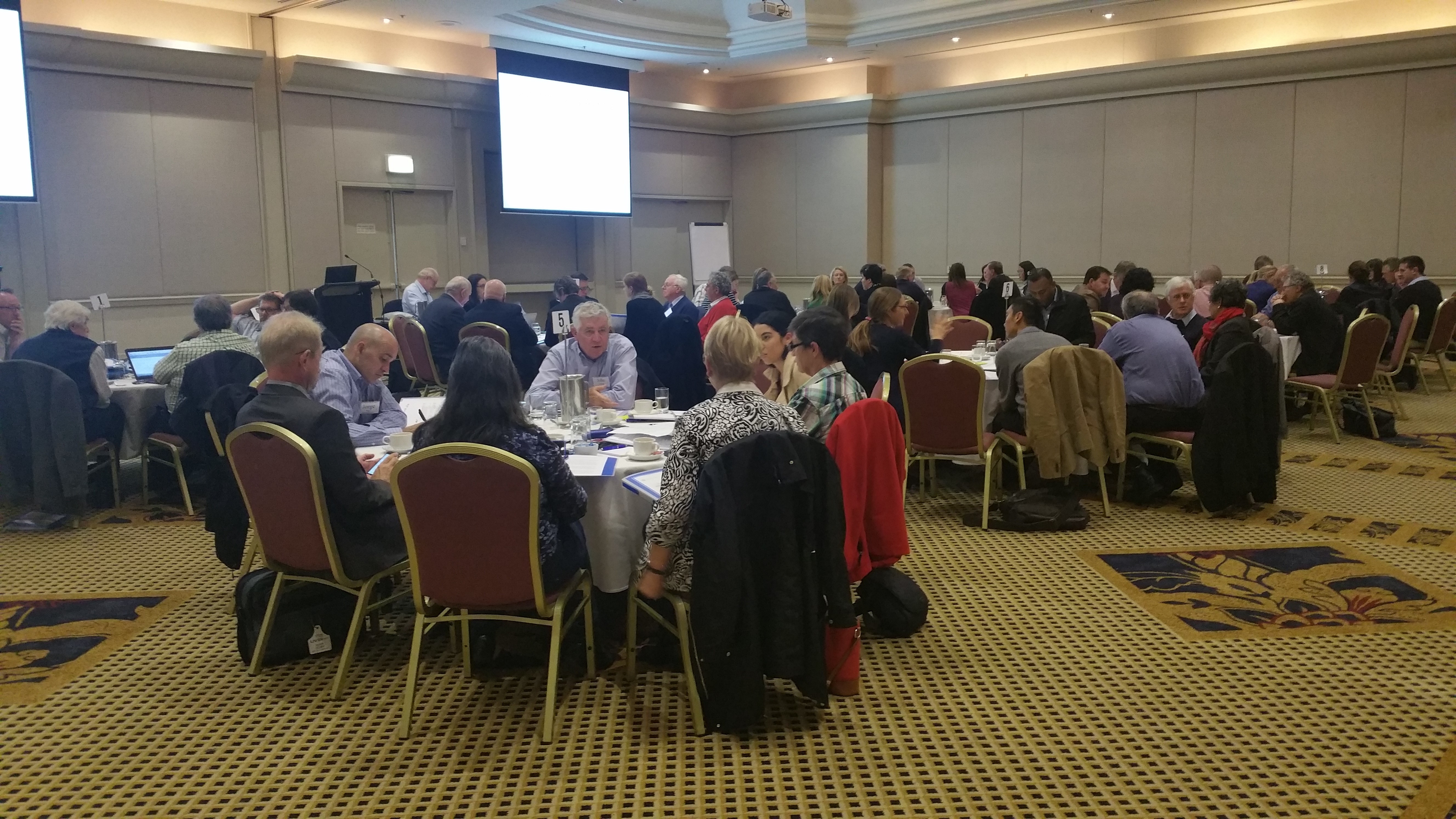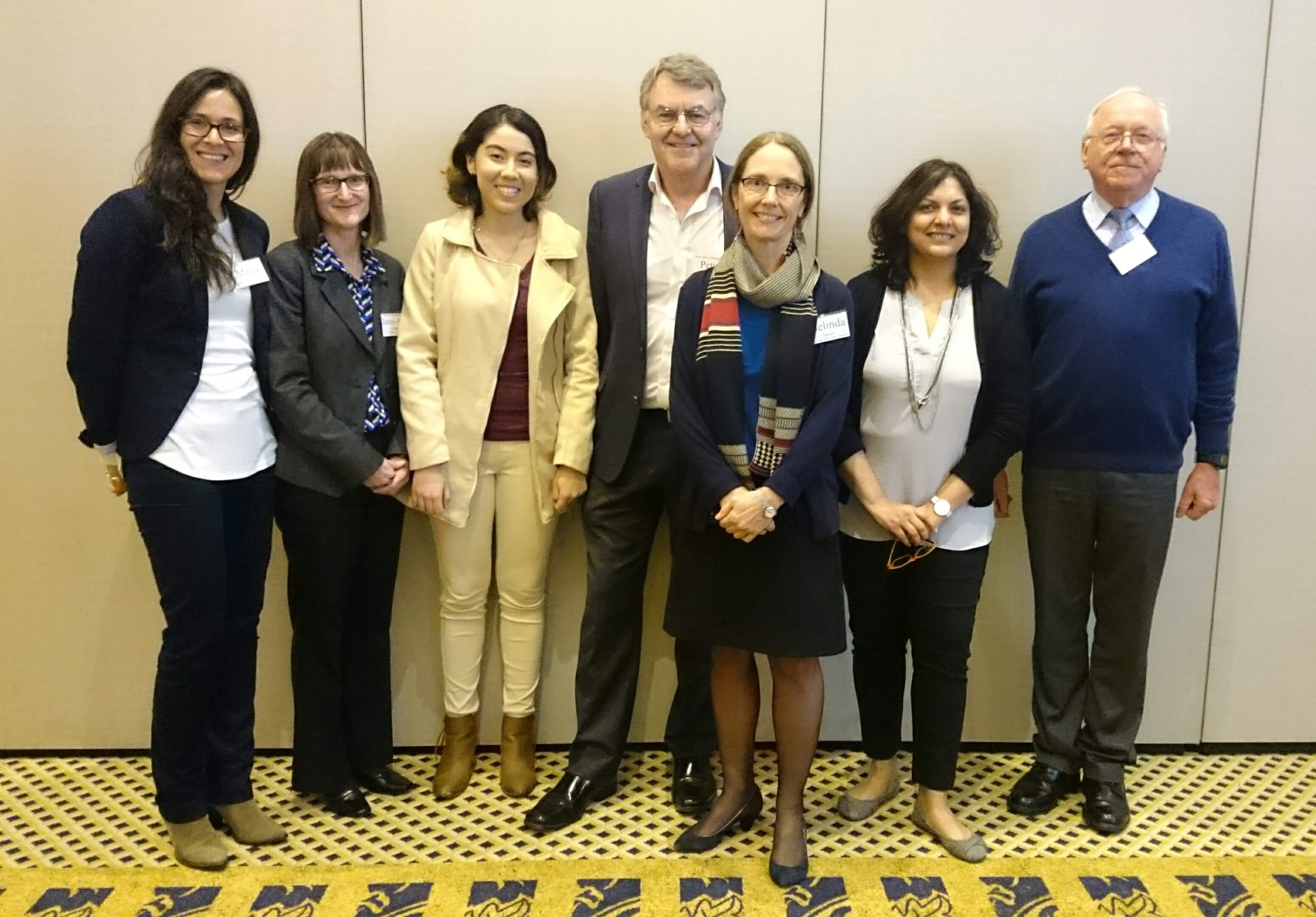
A National Forum on Avian Influenza Risk Mitigation was held in Sydney on 23 August 2016. It was hosted by The University of Sydney and attended by some 62 participants representing key industry and government stakeholders across the layer chicken, chicken meat, and duck meat sectors of the Australian poultry industry. Participants included egg producers, chicken and duck meat growers, researchers, veterinary advisers, and representatives of the Australian Egg Corporation Ltd, Australian Chicken Meat Federation, Animal Health Australia, and State and Australian Governments.
The National Forum is a key component of a Poultry CRC research and extension project which aims to safeguard the Australian commercial chicken industry from outbreaks of the H5 or H7 subtypes of the avian influenza virus. The Poultry CRC project is in two phases – phase 1 (Jan 2015 – May 2016) was the research phase, while phase 2 (June – December 2016) is the extension phase during which the new knowledge from Phase 1 is discussed with stakeholders, recommendations for revision of biosecurity guidelines proposed, and regional workshops held with producers and industry advisers.
The focus of the National Forum was to seek participants’ views on the impact of the phase 1 research and to inform the efficacy of any future review of biosecurity manuals and Quality Assurance programs. These views were obtained through a number of presentations together with two small group workshops and a plenary session that followed. The outcomes were aligned with the three key aims of the Forum below.
Overview of key outcomes of the National Forum
The aims of the Forum were to:
- Consult with key industry and government stakeholders about the findings and recommendations from work done within the AI Risk project.
Four presentations were made at the Forum followed by questioning, answers and comment. The first presentation dealt with an extensive on-farm survey and wildlife camera surveillance on farm and surrounds. This presentation provided the participants with a better understanding of the management practices, biosecurity levels and farm design. It also illustrated the number of bird movements and associated risks. The information obtained was used to inform the mathematical models that were described in the next two presentations. The two speakers on the findings from their modeling provided information on the persistence of Low Pathogenic Avian Influenza (LPAI) virus, the effects of farm types and the effect of change to biosecurity measures on the risks of introduction. The influence of production cycle length, different farms types, and the effects of change on risk of virus entry and persistence were also described. The fourth speaker dealt with the spread of the virus from farm to farm, focussing on the influence of farm types and the risks of spread associated with different farming practices.
- Discuss the adoption mechanisms and potential implications of the research findings for biosecurity programs.
During the discussion sessions and in the small group workshops several adoption mechanisms were mentioned. It was clear that industry preferred to initiate the changes to the manuals and QA programs. The industry had already commenced to make changes to two of the manuals. Funding from government was not clarified but would be welcomed. The research findings presented at the Forum were said not to be new findings but provided rigor and figures to support instructions within manuals. Adoption required additional thought to be given to manual content that reflects industry changes and new knowledge, and additionally are appropriate for the non-aligned sector, are able to be adopted, and are cost/benefit considered and explained. The manuals should not be “a soft-sell” but have “must” instruction that should be more targeted. It was said that biosecurity manuals should be extended to include food pathogens and be auditable. QA programs need to pick-up on some of the specific findings. There should only be one level of biosecurity and should be based on the assumption that LPAI is already present.
- Develop and recommend changes in current biosecurity guidelines/manuals for egg production/chicken meat/free-range layer and chicken meat farms, and to consider implications for industry quality assurance (QA) programs.
It was presented to the participants that changes would be better directed at the generic manual as that was the basis on which the species specific manuals had developed. Whilst this was accepted it was apparent that two industry sectors (chicken meat and ducks) had already taken the initiative to develop their own manuals. Participants generally felt that changes made to manuals and QA programs should be directed to specific farm types and reflect industry changes. The research undertaken had identified risks associated with specific areas of biosecurity and these should be identified in manuals and rewritten to reflect the level of risk. Manuals and QA programs should make reference to methods of surveillance that are acceptable to industry without risk of reprisal from government actions.


